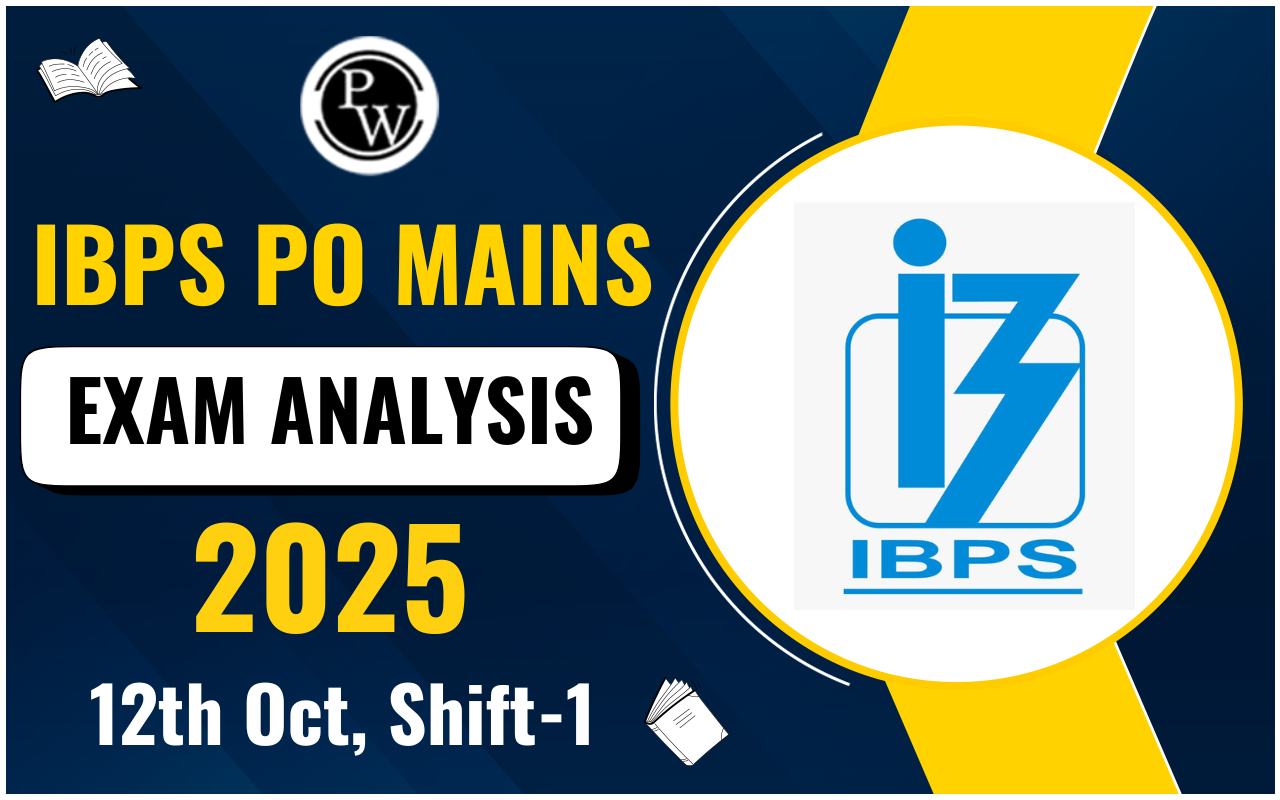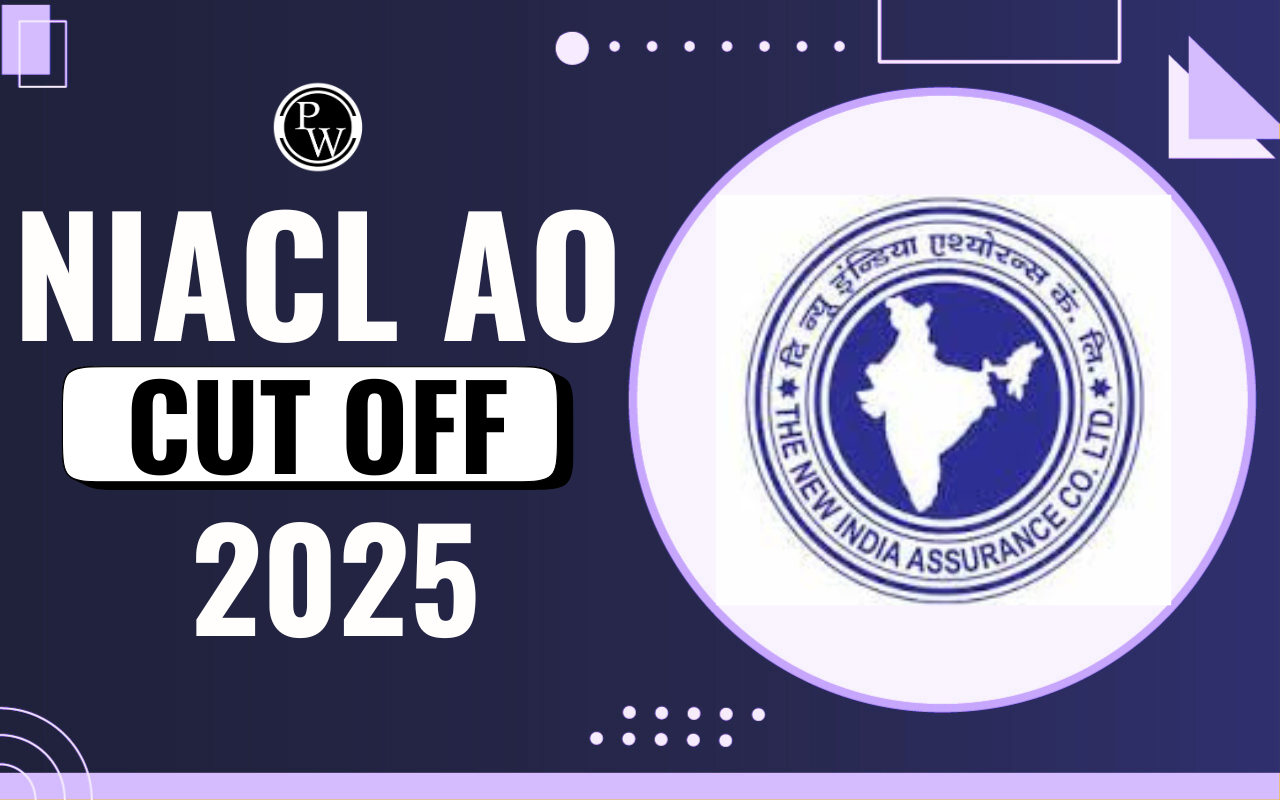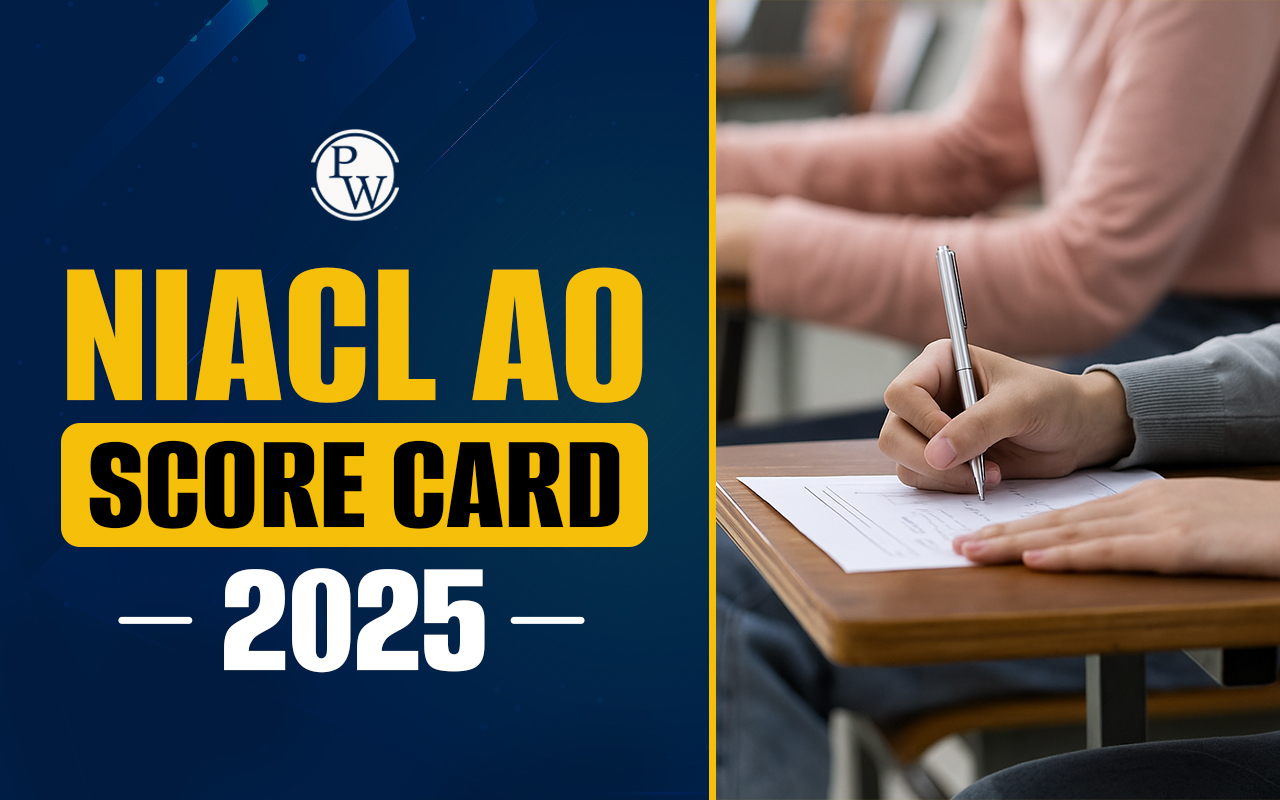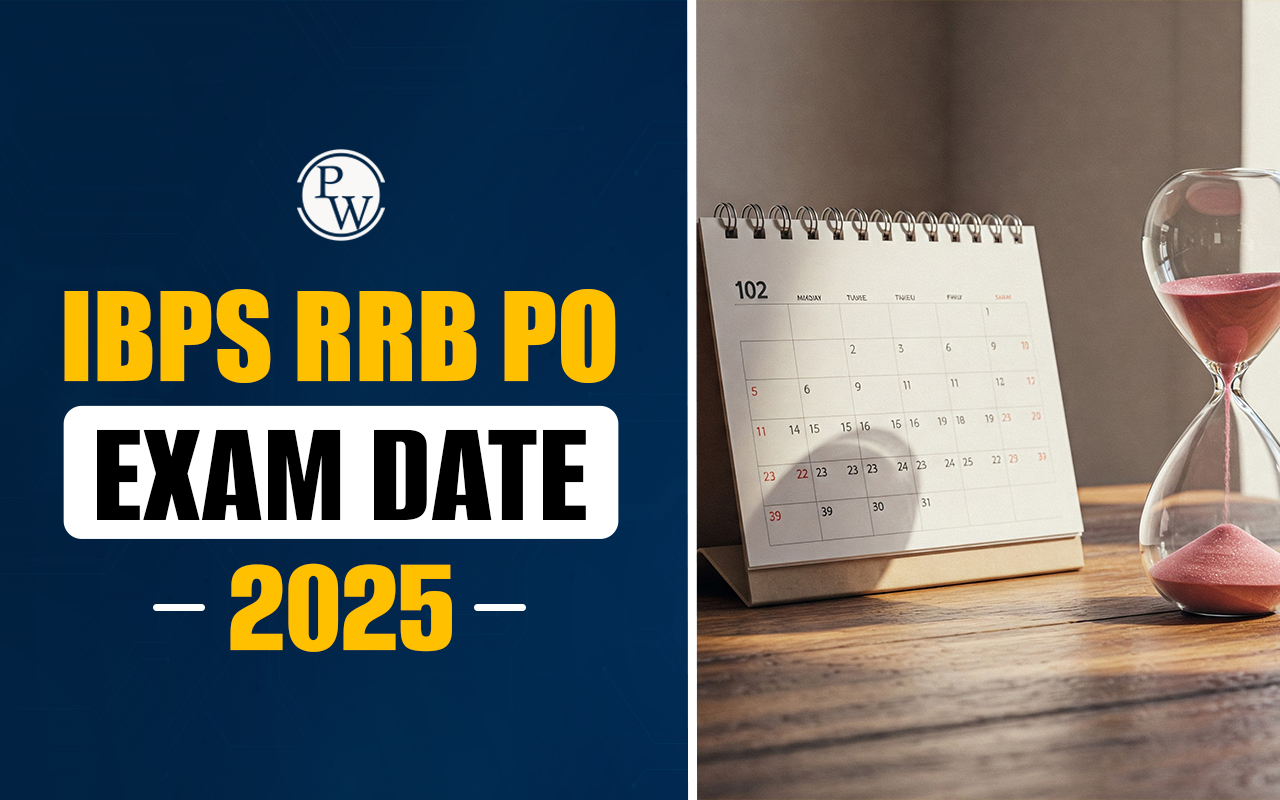

Gold Monetisation Scheme
Gold Monetisation Scheme: The Indian government started the Gold Monetization Scheme in November 2015 to gather gold and make it easier to use in the economy. This could eventually help India depend less on gold from other countries. So, this scheme is crucial for exams because questions about schemes are common in many government exams.
The Gold Monetisation Scheme (GMS) changes how the current "Gold Deposit Scheme (GDS)" and Gold Metal Loan Scheme (GML) work. Its goal is to gather gold owned by people and organizations in the country. The aim is to use this gold for productive purposes and decrease the country's dependence on importing gold in the future.
With the Gold Monetisation Scheme, people who deposit gold can earn interest in their bank accounts. Once gold is put into the account, it starts earning interest. The gold can be in any form, like bars or jewelry.
What is the Gold Monetisation Scheme?
The Gold Monetisation Scheme (GMS) is a plan by the Government of India. It wants to make good use of the gold that people and institutions in the country own. The goal is to use this gold for productive purposes. The scheme started in 2015 and is managed by the Reserve Bank of India (RBI).
Gold Monetisation Scheme Background
Many people in India have gold that they don't use. Even though the value of gold goes up over time, keeping it safe can be costly. You might need to pay for a bank locker or worry about the safety of keeping it at home. So, in 2015, the Indian government introduced the Gold Monetisation Scheme (GMS).
The Gold Monetisation Scheme, or GMS, is like a change to the Gold Deposit Scheme or Gold Metal Loan Scheme. With GMS, people can put their unused gold into a kind of savings account. This keeps their gold safe and also earns them some extra money as interest. It's a way to avoid the cost of storing gold while still making some profit from it.
Under GMS, you can deposit gold in any form – like bars, coins, or jewelry. When you decide to take your gold back, you can choose to get either cash or gold. But, keep in mind that the gold you get back might not be in the same form you deposited it. You can only withdraw the deposit as money, bars, or gold coins.
How does the Gold Monetisation Scheme in India work?
With the Gold Monetisation Scheme, people and organizations can put their gold in special banks called Gold Collection and Purity Testing Centers. These banks check how pure the gold is, melt it, and turn it into gold bars that can be traded. The person who deposits the gold gets a certificate called a Certificate of Deposit (CoD), which shows how much gold they put in and how pure it is. They can use this certificate as security for a loan or trade it for cash or more gold when the agreed time period is over.
Gold Monetisation Scheme Types
There are different types of Gold Monetisation Schemes:
- Short-term Gold Deposit (1-3 years): You deposit your gold for a short period, ranging from 1 to 3 years.
- Medium-term Gold Deposit (5-7 years): This scheme allows you to deposit your gold for a moderate duration, lasting from 5 to 7 years.
- Long-term Gold Deposit (7-12 years): You can opt for a longer period, depositing your gold for a duration of 7 to 12 years.
Initially, when the scheme started, it only allowed individuals to open accounts, either singly or jointly. However, in 2019, the Reserve Bank of India (RBI) made some changes. Now, not only individuals but also charitable institutions and the central government can participate. According to the RBI notification, any entity owned by the central or state government is eligible to take advantage of this scheme.
Gold Monetisation Scheme Objectives
The Gold Monetisation Scheme (GMS) in India has a few important objectives:
- Unlocking Idle Gold: The GMS wants to put the gold that's not being used in Indian homes and institutions to good use in the economy.
- Reducing Gold Imports: India brings in a lot of gold from other countries. The GMS wants to decrease how much we depend on this by encouraging people to deposit their gold with banks instead of selling it.
- Accessible Gold Investment: The GMS makes it simple for anyone, even those with not much money, to invest in gold. You can deposit small amounts of gold and earn interest on it.
- Supporting the Gold Industry: By providing banks and financial institutions with a steady supply of gold, the GMS helps to lower the cost of gold for people. This support is good for the growth of the gold and jewellery industries in the country.
Gold Monetisation Scheme Features
Here are the main features Gold Monetisation Scheme:
- Flexible Deposits: You can choose between short-term (1 to 3 years) and long-term (5 to 15 years) deposit options based on what suits you best.
- Types of Gold: You can deposit different forms of gold like bars, coins, or jewelry, making it easy for you.
- Fair Pricing: The value of the gold you deposit is determined by international prices, ensuring you get a fair deal.
- Simple Documentation: You only need basic documents like Aadhar and PAN cards, along with details about your gold. The paperwork is not complicated.
- Interest Rates: You earn interest on your deposits, with rates ranging from 2.5% for short-term to 3% for long-term. Just remember, you'll need to pay taxes on the interest you earn.
- Safe Storage: Your gold is kept safe in banks and refineries that are part of the scheme.
- Loans: You can take loans up to 75% of the value of the gold you deposited from the participating banks.
- Withdrawal: You can take out your gold after a certain period for different types of deposits. This means your deposits are not stuck, and you can access them when needed.
Gold Monetisation Scheme Eligibility
People living in India can join the Gold Monetisation Scheme. This includes individuals, trusts, and Hindu Undivided Families (HUFs). Even non-resident Indians (NRIs) can participate in some deposit schemes under this program.
Anyone above 18 years old can open a Gold Savings Account, and there is no maximum age limit. NRIs can only take part in Sovereign Gold Bond deposits with a tenor of 5 to 7 years.
To join, individuals need to provide KYC documents, a PAN card, and details about the gold they want to deposit, whether it's in the form of bars, coins, or jewelry. Trusts and HUFs are also allowed to participate.
Gold Monetisation Scheme Benefits
Here are the main benefits of the Gold Monetisation Scheme:
- Monetize Idle Gold: People can put their unused gold to work by depositing it and earning interest. This helps unlock the economic potential of gold.
- Fixed Interest Rates: Deposits in the scheme earn a fixed rate of interest, which is taxable according to income tax rules. The interest rates vary for different deposit options.
- Loan Facility: Depositors can get loans up to 75% of the value of the gold they deposited.
- Fair Valuation: The gold deposited is valued based on live international prices set by the London Bullion Market Association (LBMA), ensuring fair pricing.
- Secure Storage: The deposited gold is kept in high-security vaults of banks and refineries. Depositors can withdraw their gold after a specific lock-in period.
- Simple Formalities: The scheme requires minimal KYC documents, and other formalities are kept straightforward to encourage more people to participate.
- Indexation Benefit: Capital gains from premature withdrawals receive indexation benefits.
The Gold Monetisation Scheme provides an opportunity for individuals and entities to make their gold holdings productive and earn benefits through a simple and secure process.
Participating in the Gold Monetisation Scheme
Step 1: Identify Your Gold If you want to put your gold into the Gold Monetisation Scheme in India, start by going to a designated bank. They'll check how pure and valuable your gold is.
Step 2: Open a Gold Savings Account Once your gold is verified, the bank will open a Gold Savings Account for you and give you a certificate of deposit (CoD).
Step 3: Choose Your Deposit Option Decide if you want a short-term deposit (1-3 years) or a medium-to-long-term deposit (5-7 years) based on what you're aiming for.
Step 4: Start Earning Interest Your gold is now with the bank, and you'll begin earning interest on it.
Step 5: Redeem or Renew When your deposit time is up, you can either take your gold back or continue the deposit for more time.
Gold Monetisation Scheme Types of Gold Accepted
- Jewellery: Any gold jewellery, like necklaces or rings, can be deposited.
- Coins: Gold coins from the Government of India or other recognized governments are accepted.
- Bars: You can deposit 24-carat gold bars or bars with slightly lower purity meeting the Bureau of Indian Standards (BIS) standards.
- Gold Flakes: Even gold flakes from goldsmiths or refineries are accepted.
Gold Monetisation Scheme Interest Calculation
The interest you earn depends on the weight and purity of your gold. The interest rates may change, and the interest can be added to your principal or paid out periodically.Gold Monetisation Scheme Safety Measures
- Designated Vaults: Banks use secure vaults to keep your gold safe.
- Insurance Coverage: Your deposited gold is often insured to protect against loss or damage.
- Regular Audits: Audits are done regularly to check the existence and purity of the gold, ensuring everything is transparent and accountable.
Gold Monetisation Scheme How to Get Your Gold Back
- Initiate Redemption: Go to the bank and start the redemption process by giving them your Certificate of Deposit.
- Assessment of Gold: The bank checks your gold to make sure it matches the details in the Certificate of Deposit.
- Choose How You Get Your Gold: You can either get cash or gold back, depending on what you prefer.
- Close Your Account: After getting your gold back, the Gold Savings Account is closed, and the scheme ends.
Gold Monetisation Scheme Tax Implications and Exemptions
- Capital Gains Tax Exemption: The interest you earn and the increase in your gold's value during the deposit time are exempt from capital gains tax.
- Wealth Tax Exemption: The value of your deposited gold is not counted for wealth tax.
- Income Tax on Interest: The interest you earn is considered taxable income and follows income tax regulations.
Gold Monetisation Scheme Challenges
Feelings of Attachment: People have strong emotional ties to their gold, considering it a symbol of tradition, religious significance, and prestige. Passing down gold from one generation to the next, especially during marriages, is a deeply rooted concept.
Source of Unreported Income: Without proper purchase receipts, households might face tax inspections. This creates a concern about unreported income when participating in the scheme.
Reduced Interest Rates: Low interest rates discourage people from investing in the scheme. The maturity time for the schemes is also a factor. Some view gold as a form of money and may prefer trading it.
Certification: Not many jewelers, especially outside major cities, provide certifications. Depositing gold in refined forms may lower the quality of the gold that depositors already own.
Awareness: Many people are unaware of the benefits of the scheme, and banks do not promote it adequately. This lack of awareness makes it challenging to attract people's attention.
Gold Monetisation Scheme vs. Sovereign Gold Bond
- Under the Gold Monetisation Scheme, citizens can earn tax-free interest by depositing at least 30 grams of gold in bullion or jewelry for a one-year period.
- In the Sovereign Gold Bond Scheme, rupee-denominated gold bonds are issued in denominations of 5, 10, 50, and 100 grams.
Key Facts about Gold Monetisation Scheme
- Launch Date: November 2015
- Implemented by: Ministry of Finance
- Launched by: Late Shri Arun Jaitley, the then Minister of Finance
- Objective: Mobilize idle gold in the country to boost economic resources.
NITI Aayog seeks suggestions to improve the scheme's effectiveness. One idea is to collaborate with jewelers, as they are trusted by the public. Both banks and certified jewelers could be involved in collecting gold deposits. Making the scheme known to urban residents, who have a higher affinity for gold, is crucial. Policymakers must address the mentioned challenges for better scheme implementation, considering security, liquidity, and capital gains as key motivations for gold purchases.
Gold Monetisation Scheme FAQs
What is the minimum for Gold Monetisation Scheme?
What is gold monetisation scheme current affairs?
What is the difference between gold monetisation scheme and SGB?
Is interest on gold monetisation scheme taxable?












